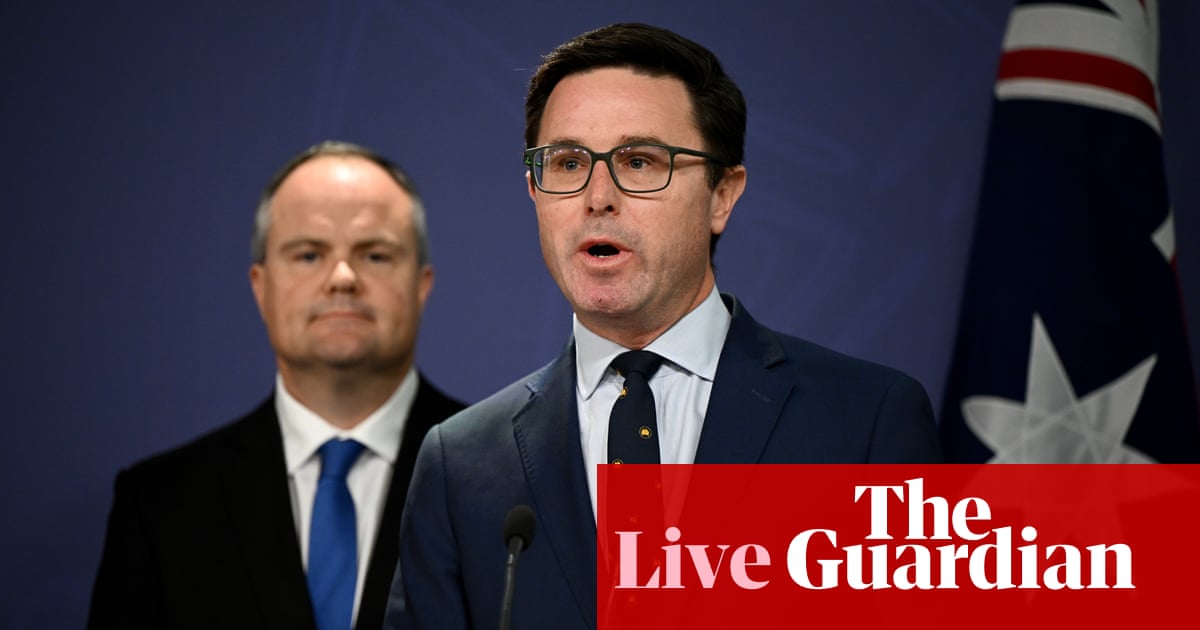"Peter Dutton has called a press conference for 10am, so it is all official – nuclear is go.
The Coalition teleconference meeting has wrapped up, and the seven sites have been named and it is as we thought: Collie in Western Australia, Mt Piper and Liddell in New South Wales, Callide and Tarong in Queensland, Northern Energy in South Australia and Loy Yang in Victoria."
"There are already issues being identified with the sites – first, the sites would need to be purchased from private operators. There will need to be some pretty major changes to legislation, both state and federally. The Queensland LNP, as recently as yesterday, said it would not lift the nuclear ban for the state, which is a problem given two Queensland reactor sites have been identified by Dutton’s team.
Tarong in Queensland is a particular issue as it doesn’t have a secure water source. In 2006, then-premier Peter Beattie had to propose a waste water pipeline as a last ditch measure to save the plant during a drought."



You have, that $1.8B would get 14GWh, not 1.
So 450 / 14 = 32.2
32.2 * 1.8 = $57.96B
These are all back of the envelope numbers of course, but 58 is ~ 14 times less than 810.
https://www.abc.net.au/news/2024-05-22/nuclear-power-double-the-cost-of-renewables/103868728
CSIRO has cranked these numbers out in a whole bunch of configurations.
8.5 * 7 = $59.5B
So it’s within the ballpark to build 7 nuclear powerplants, compared to 33 (more likely less but bigger) off river pumped hydro locations.
Which don’t cost as much to run, have no “scary” nuclear and can be operable much sooner, integrating with the existing infrastructure (instead of replacing it, as Nuclear effectively would have to).
If we build even one Nuclear power plant, we’re going to see continuing solar and wind curtailment, exactly like they do with coal right now - which will effectively set an expensive floor on power prices.
Nuclear isn’t happening if we follow the science, the money and the NIMBY sentiment.
Edit to add:
The BIGGEST difference in my mind is where the money will come from.
No financial institution will touch Nuclear, it would have to be tax dollars.
Whilst private companies are always angling for government subsidy, they are also clamouring to invest in this themselves.
A quick google search gives me a private example that is projected to come online this year: https://genexpower.com.au/250mw-kidston-pumped-storage-hydro-project/
It’s only 2GWh, but it’s going to start contributing to the end of coal by the end of this year, which ignoring the environmental benefit, is going to reduce wholesale power prices.
Waiting for Nuclear will make power prices worse, as the interim calls for continuing to run the coal and gas, which isn’t going to make it 15 years, so new coal (or more likely a buttload more gas) will have to be built.
Which is going to RAISE prices, as it’s no longer just running costs on paid off installations, it’s repaying loans on new constructions.